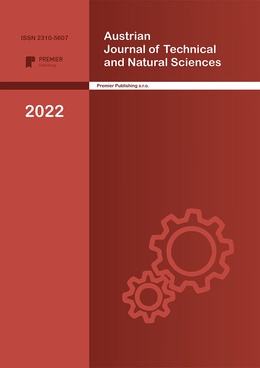Does medical marijuana legalization affect adolescent marijuana use?
Authors
Wenqi Gao

Share
Annotation
Objective: Pennsylvania State legalized medical use of cannabis in year 2016. This study aims to examine if the medical marijuana legalization (MML) has any impact on adolescent marijuana use.
Methods: Data from the Youth Risk Behavior Surveillance System (YRBSS) were used. Data of the states of PA and VA in years 2015 and 2017 were used. For PA, year 2015 and 2017 are pre- and post-MML, respectively. VA state was included for comparison purpose as marijuana remained illegal in VA through 2015 to 2017. Propensity score matching (PSM) was employed, to select participants from two states that are similar in key demographic characteristics. Using the matched participants, Difference-in-differences (DID) analysis was performed to compare the changes in marijuana use rate between the two states from 2015 to 2017.
Results: there were some differences between two states in age and race/ethnicity before matching in both study years. PSM has improved the balance of both variables. using the matched samples, marijuana use remained stable in both states. DID analysis indicates that there’s no difference in marijuana use rate change between the two states, which further means that there’s no impact of medical marijuana legalization on marijuana use.
Conclusion
Using matched data from YBRS, we found that the medical marijuana legalization in Pennsylvania did not have negative impact on adolescents’ marijuana use.
Authors
Wenqi Gao

Share
References:
1. Legality of cannabis by U.S. jurisdiction. Wikipedia Available at: https://en.wikipedia.org/wiki/Legality_of_cannabis_by_U.S._jurisdiction.
2. Pennsylvania vs. Virginia: state comparisons. Index Mundi Available at: https://www.indexmundi.com/facts/united-states/quick-facts/compare/pennsylvania.virginia.
3. Abadie, A. Semiparametric Difference-in-Differences Estimators. Rev. Econ. Stud. 75, (2005).
4. Torres‐Reyna, O. Differences‐in‐Differences (using R). (2015).
5. Stuart, E. A., Lee, B. K. & Leacy, F. P. Prognostic score-based balance measures can be a useful diagnostic for propensity score methods in comparative effectiveness research. J. Clin. Epidemiol. 66, S84–S90.e1 (2013).
6. NO INCREASE IN TEEN MARIJUANA USE IN COLORADO POST-LEGALIZATION, FEDERAL GOVERNMENT REPORTS. Medical Marijuana Inc., news Available at: https://news.medicalmarijuanainc.com/teen-marijuana-colorado/.
7. Cvdvt.org. Washington State Survey Shows Youth Marijuana Use Unchanged Since Legalization. (2017). Available at: https://www.cvdvt.org/washington-state-survey-shows-youth-marijuana-us


